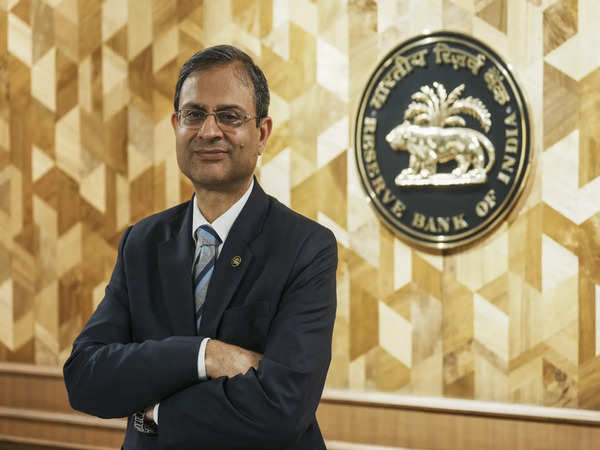MUMBAI: In his first monetary policy statement, Reserve Bank of India (RBI) governor Sanjay Malhotra made his preference for a “less restrictive” approach loud and clear. The predictable 25 basis points cut in the repo rate – a first in nearly five years – was just one part of it.
Malhotra, a long-time bureaucrat who moved to the central bank in December, also used his first policy announcement to lay down the central bank’s priorities, suggesting a shift from the tight banking regulations pursued under predecessor Shaktikanta Das.
He also struck a measured tone in his policy speech , reaffirming the central bank’s commitment to the inflation target while being mindful of growth risks. Growth inflation dynamics “opens up policy space for the MPC to support growth”, the governor said. RBI will “remain unambiguously focused on a durable alignment of inflation with the target while supporting growth”, he said.
He also said the central bank remained committed to providing sufficient liquidity to the financial system, including through short-term and longer-term measures. Sections of the markets were disappointed with the lack of immediate concrete measures on liquidity. The Sensex, which had fallen almost 600 points, closed down 197 points.
The governor stuck to the long-held position of the central bank that interventions are only intended to smoothen “excessive and disruptive volatility rather than targeting any specific exchange rate level or bank”.
The gross domestic product (GDP) growth for FY25 has been pruned by 20 basis points to 6.4% — the slowest in four years. For FY26, it has been projected at 6.7% — closer to the upper end of the Economic Survey’s estimates last week. The inflation target has been maintained at 4.8% for the current year. For FY26, it is projected at 4.2%.
Malhotra said inflation will likely moderate in coming months, but highlighted risks from excessive volatility in global financial markets, uncertainty in global trade policies, and adverse weather events. While rural demand continues to improve, urban consumption remains subdued, he said.
The rupee gained 15 paise to close at 87.427/$, while 10-year government bond yields rose 5 basis points to close at 6.70%.
Analysts were largely appreciative of the policy. “There were conflicting demands going into the meeting. Soft domestic growth and falling inflation called for a monetary policy stimulus. But global uncertainty and high financial market volatility called for gradualism. We believe the RBI tread the fine line deftly,” said Pranjul Bhandari, chief India economist, HSBC.
Bhandari added that going ahead, they expect another 25 bps rate cut in the April policy meeting, taking the repo rate to 6%.
CS Setty, chairman, SBI termed that the rate cut is timely, contextual and also well-communicated with respect to regulatory changes in transition to ensure a seamless and non-disruptive manner. “The RBI growth and inflation forecasts for FY26 clearly shows the delicate tradeoff between growth and inflation, he said.”
Zarin Daruwala, CEO, India and South Asia, Standard Chartered Bank, said that the rate cut could signal the start of a rate cutting cycle. “Given the uncertain global environment, this cut along with the recent tax relief to individuals, should help a rebound in economic activity,” she said.
Besides the rate cut, there were a number of other announcements, especially on digital security. An additional factor of authentication (AFA) will be introduced for online international digital payments made to offshore merchants enabled for such authentication. In addition, RBI will implement the ‘bank.in’ – an exclusive internet domain for Indian banks to avoid banking frauds. This will be followed by the ‘fin.in’ for the entire financial sector. Further, banks have been asked to develop robust incident response and recovery systems.
Forward contracts in government securities will be introduced to help long-term investors such as insurance funds manage their interest rate risk across interest rate cycles. It will also enable efficient pricing of derivatives that use government securities as underlying instruments. Also, to increase retail participation in government securities, the access of NDS-OM, the electronic trading platform for secondary market transactions in government securities, will be extended to non-bank brokers registered with the Securities and Exchange Board of India (SEBI).
A working group with representation from various stakeholders will undertake a comprehensive review of trading and settlement timing of markets regulated by the central bank. The report will be submitted on April 30.
Source: The Financial Express

 BJP Poised for Resounding Victory in Delhi
BJP Poised for Resounding Victory in Delhi 